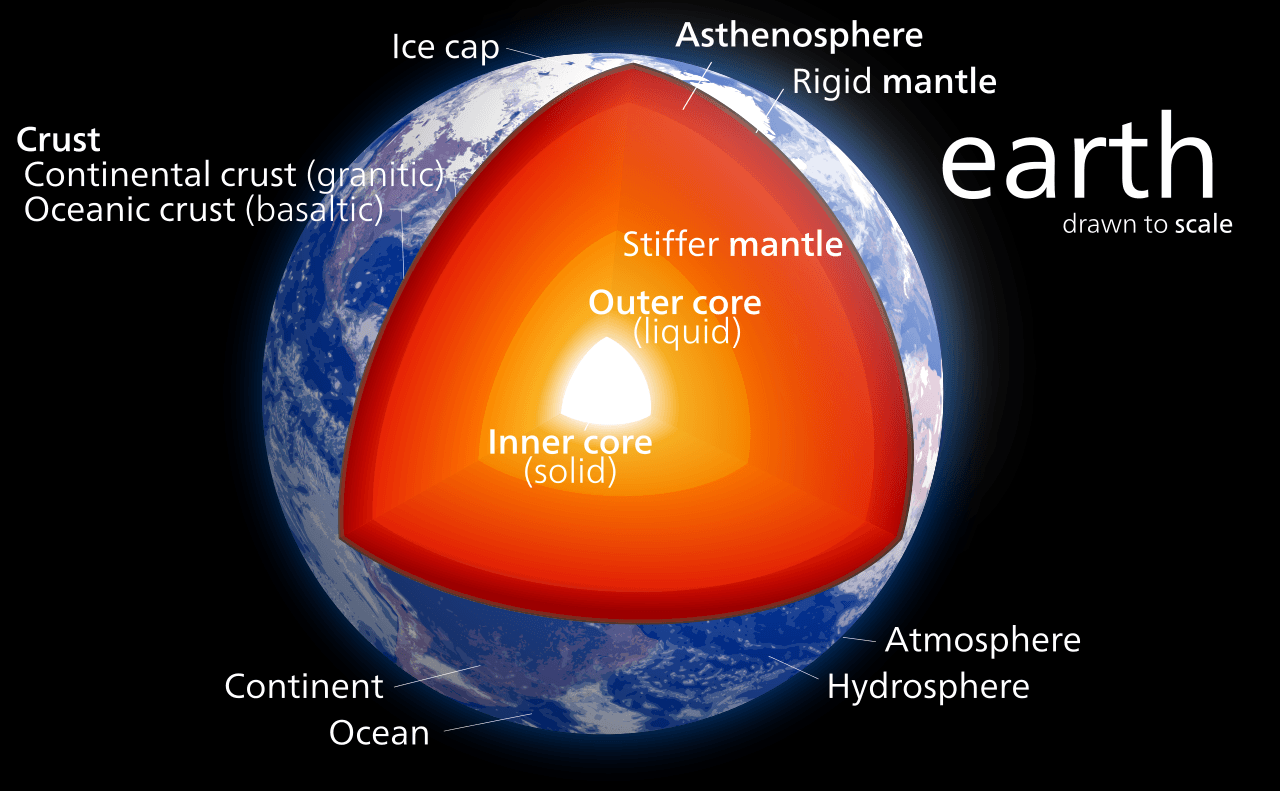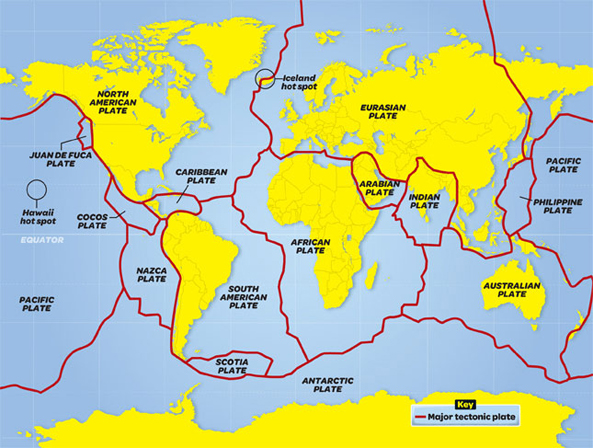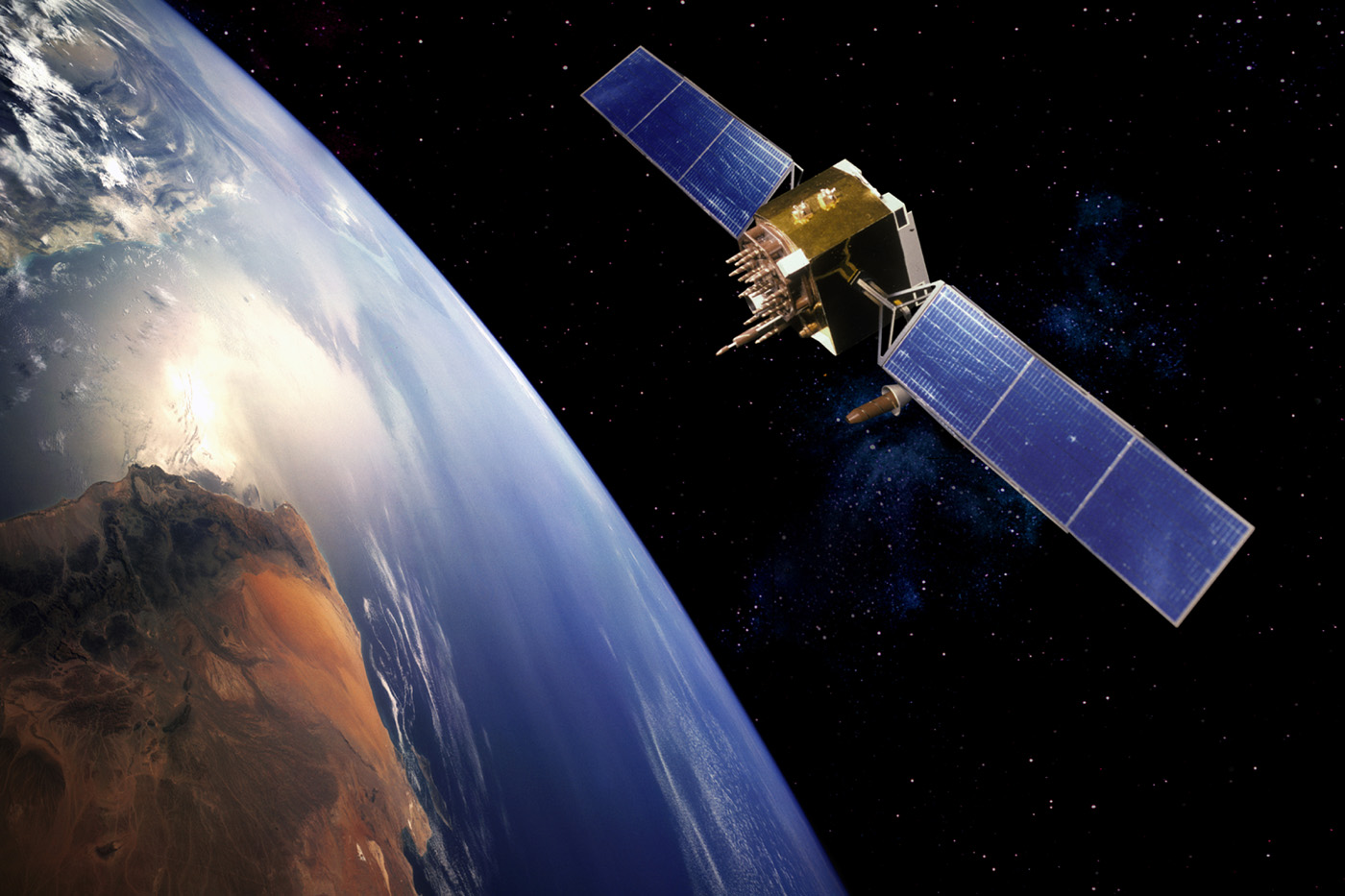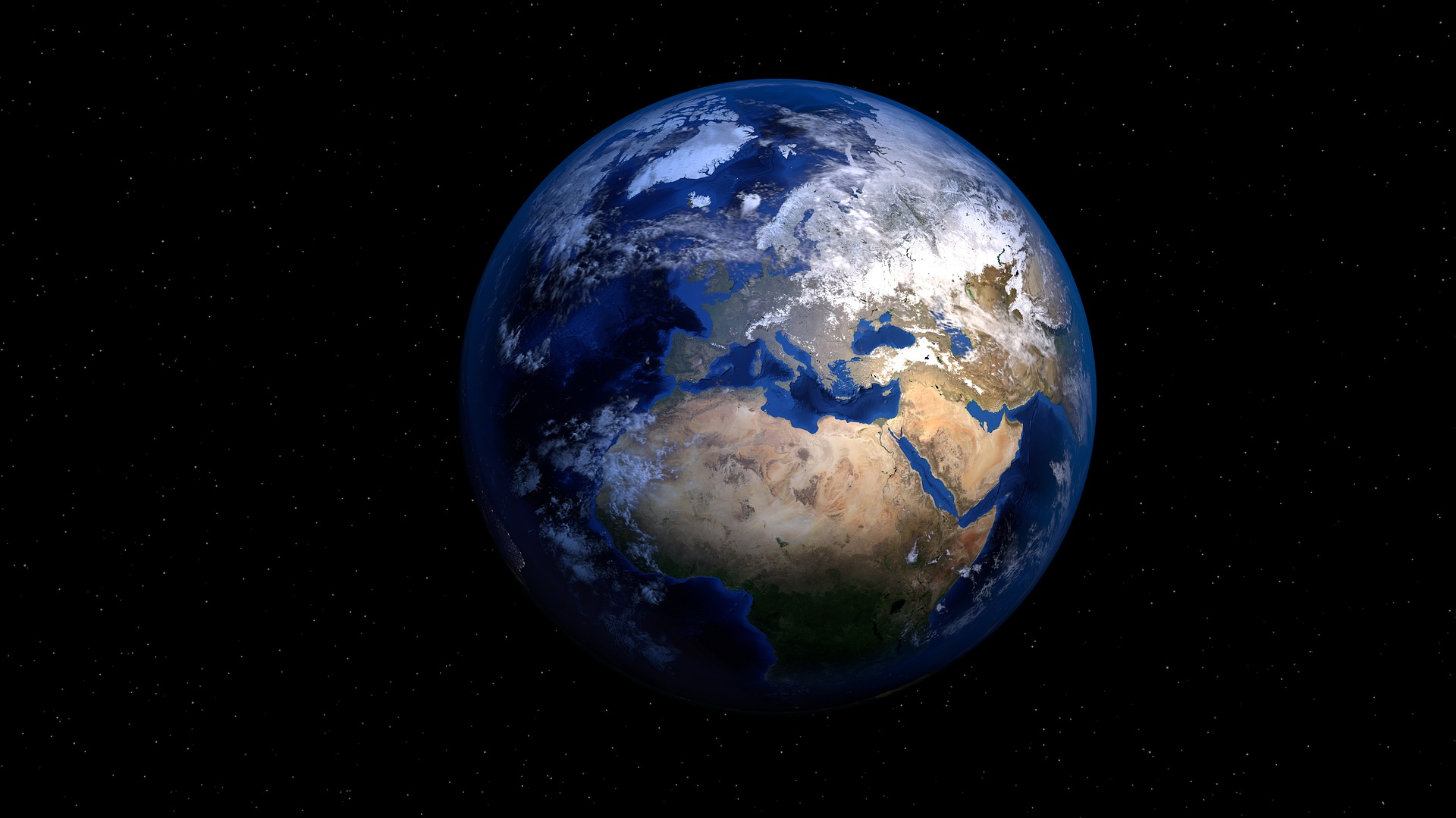Planet Earth: History, Satellite and Some facts
Earth is our home planet, it is the only planet in the solar system that also known to harbor life. In the Earth, the things we need to survive are provided under a thin layer of atmosphere that separates us from the uninhabitable void of space. That planet is made up of complex, interactive systems that are often unpredictable. That is
1. Air
2. water
3. Land and
4. The life that is including humans is combining forces to create a constantly changing world.
History of Earth
This planet is the only planet whose English name does not derive from Greek/Roman mythology. The name of Earth derives from Old English and Germanic. Yes, of course, hundreds of other names for the planet in other languages. In the Mythology of Romans are, the goddess of the Earth was Tellus – the fertile soil (Greek: Gaia, terra mater – Mother Earth).
That was not till the time of Copernicus (the 16th century) that it was understood that the Earth is just another planet.
Planet Earth, is, of course, can be studied without the aid of spacecraft. Nevertheless, it was not until the 12th century that we had maps of the entire planet. The images of the Earth are taken from space are of considerable importance;
We take an example, they are an enormous help in weather prediction and especially in tracking and predicting hurricanes. And they are extraordinarily beautiful.
Earth Profile
Orbit of Earth: 149,600,000 km (1.00 AU) from Sun
Earth diameter: 12,756.3 km
Mass of Earth: 5.972e24 kg
The Earth is divided into multiple layers which have distinct chemical and seismic properties (depths in km)-

1. Crust (0-40)
2. Upper mantle (40-400)
3. Transition region (400-650)
4. Lower mantle (650-2700)
6. D” layer (2700-2890)
7. Outer core (2890-5150)
8. Inner core(5150-6378)
The Tectonic Plates Of Earth
There are multiple different tectonic plates in which the Earth sits on including;

1. The Pacific Plate
2. The African Plate
3. North American Plate
4. Eurasian Plate
5. The Antarctic Plate
6. The Indo Australian Plate
7. The South American Plate
The above tectonic plates are cause a lot of earthquakes and volcanic activity when moved. These tectonic plates can be moving easily and the slightest of movement can create natural disasters such as earthquakes and volcanoes. For some reasons, if the tectonic plates are underneath the oceans, it can eventually cause tsunamis and tidal waves.
Some Facts of Earth
1. Earth is the 3rd planet from the sun and the 5th largest in the solar system.
2. The distance between from Earth is 92,955,820 miles (149,597,891 kilometers) away from the sun.
3. The diameter of Earth’s is just a few hundred kilometers larger than that of Venus, that is At 7,917.5 miles (12,742 km),
4. The basic reason of four seasons are a result of Earth’s axis of rotation being tilted more than 23 degrees.
5. The length of a year on Earth is 365 days, 6 hours, and 16 minutes.
6. The total duration of a day on Earth is 23 hours and 56 minutes.
7. Oceans are deep cover nearly 70 percent of Earth’s surface, that is 2.5 miles (4 kilometers).
8. The Earth minimum weather temperature is -126 degrees Fahrenheit (-87.8 degrees Celsius) and the Earth maximum weather temperature are 136 degrees Fahrenheit (57.8 degrees Celsius).
9. In the Earth fresh water exists in the liquid phase only within a narrow temperature span (32 to 212 degrees Fahrenheit/0 to 100 degrees Celsius). At that temperature, the span is especially narrow when contrasted with the full range of temperatures found within the solar system (from -400 to 900 degrees Farenheit/-300 to 500 degrees Celcius).
10. In the atmosphere, the presence and distribution of water vapor are much responsible for Earth’s weather.
Earth’s Satellite

The Planet Earth has only one natural satellite, that is Moon. But
1. Thousands of small artificial satellites have also been places in orbit around the Earth.
2. Asteroids 3753 Cruithne and 2002 AA29 have complicated orbital relationships with the Earth; they’re not really moons, the term “companion” is using. It is somewhat similar to the situation with Saturn’s moons Janus and Epimetheus.
3. Lilith doesn’t exist but it’s an interesting story.
Distance | Radius | Mass | |
Satellite | 000 Km | Km | Kg |
Moon | 384 | 1738 | 7.35e22 |
In this article, we define some specific points of the earth like its history, its layers, Plates, and some facts. As we know, Earth is the only planet in the universe known to possess life. Scientists have been figures between 5 million and 100 million species on Earth, but science has only identified about 2 million of them.
